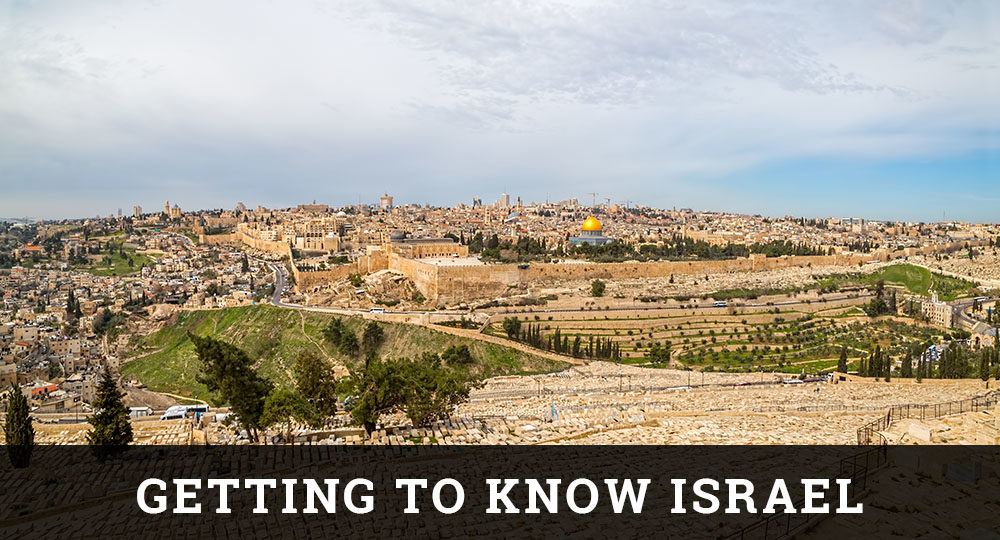The Sea of Galilee Part One
At the southern end of the Huleh Valley and the northern tip of the Jordan Valley lies one of the most amazing geographical features in Israel. It is the Sea of Galilee. But don’t be deceived by its name. It is the largest body of fresh water in the Middle East, and certainly in Israel. It is a harp-shaped lake approximately ten miles long and five to six miles wide. It sits in a bowl-like depression surrounded by the hills of Upper and Lower Galilee to the west and the Trans-Jordan plateau to the east. Its surface is about 600 feet below sea level. Its shape and location are probably due to the fact that it is the mouth of an ancient and long since extinct volcano. This is further established by the fact that most of its shoreline and the surrounding hillsides are composed of basalt, a very hard, black, volcanic rock that erodes to produce very fertile, soil. But enough of its statistics—what about its personality?
This beautiful lake has been known by various names down through the years. In Hebrew it is known as Yam Kinneret (Sea of Kinneret), probably named after the little city of Kinneret that once stood on the lake’s northwestern shore. During the period of the Gospels (New Testament), it was known as the Sea of Genessaret, for a city on its southern shore. It was also known then as the Sea of Galilee, and later as the Sea of Tiberias. The word Kinneret comes from either the Hebrew word kinar (meaning fruit) or kinor (meaning harp), the latter being the more popular name, probably taken from the lake’s harp-like shape.
Although the Sea of Galilee is not mentioned in the Old Testament (with the possible exception of Isaiah 9:1), it has numerous references in the New Testament. In fact, a modern-day “Kinneret scholar,” Mendel Nun, believes that the Gospels are probably the best source for the history of the Kinneret (Sea of Galilee). Without question, the Gospel writers portrayed everything from fishing and net mending to social life and taxes around the Sea of Galilee. And although only a few fishing villages are mentioned in the Scriptures (i.e., Capernaum, Magdala, and Beit-Saida), archaeology indicates that many more existed that are not mentioned.
In the next article on the Sea of Galilee, we will examine how the above–mentioned setting, geography, and history impacted the lives of the men and women who lived around this beautiful lake.








